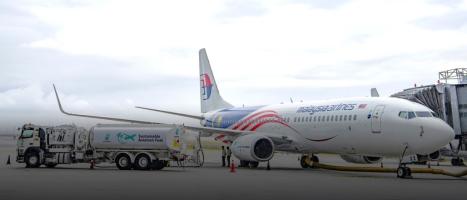
BIMP-EAGA and IMT-GT offer a variety of tourism products that include adventure, religion, nature, wellness, and community-based tourism. Photo: iStock/aldarinho.
The 2‑year communications plan seeks to build traveler awareness that destinations in the subregions are open, safe, and easy to visit.
Countries in Southeast Asia have reopened their borders to tourists this year. Some have removed all travel restrictions related to the COVID-19 pandemic for fully vaccinated travelers. However, tourism recovery is slow, and international visitor arrivals remain below 2019 levels.
A key constraint is lack of traveler confidence. Aside from lingering health and safety concerns, international travelers are cautious about where they travel and perceive some destinations as riskier than others.
Two subregional cooperation programs in Southeast Asia have joined forces to help the travel and tourism industry address this issue. The Joint BIMP‑EAGA and IMT-GT Tourism Recovery Communications Plan and Toolkit 2022–2024 was prepared by Brunei Darussalam–Indonesia–Malaysia–Philippines East ASEAN Growth Area (BIMP-EAGA) Facilitation Center and the Centre for Indonesia–Malaysia–Thailand Growth Triangle (IMT-GT) Subregional Cooperation. It aims to inform global stakeholders that these subregions are open, safe, and easy to visit.
Joint BIMP-EAGA and IMT-GT activities will complement and add value to individual country communications initiatives. These will be implemented in cooperation with the private sector and other tourism industry stakeholders. The 2-year communications plan was developed with the support of tourism businesses, travel trade organizations, members of academia and the media, and the Asian Development Bank and other development partners.
The plan notes that BIMP-EAGA and IMT-GT are “diverse subregions rich with tourism assets” and a variety of tourism products that include adventure, religion, nature, wellness, and community-based tourism. Before the pandemic, international visitor arrivals were growing an average of 8% in member countries.
The communications plan seeks to break down the barriers that prevent tourists from exploring these subregions. It provides BIMP-EAGA and IMT-GT countries with the tools to make their entry requirements transparent, easy to understand, and on par with standards in other parts of the world.
The plan is designed to target audiences based on member countries’ visitor market segmentation. Priority markets are short-haul (domestic and travel between countries in Southeast Asia), broader Asia and the Pacific (i.e., Japan, Republic of Korea, India, Australia, and New Zealand), and long-haul (i.e., Europe, the Americas, and the Middle East).
BIMP-EAGA and IMT-GT countries have also mainstreamed health and hygiene initiatives to ensure traveler and tourism workers’ health and safety, including those under Brunei Darussalam’s General Tourism Services Assessment; Indonesia’s Cleanliness, Health, Safety, and Environmental Sustainability program; the Philippines’ Safety Seal; Travel Safe Malaysia; and the Amazing Thailand Safety and Health Administration.
This article was first published by BIMP-EAGA on 26 November 2022.

BIMP-EAGA
The Brunei Darussalam–Indonesia–Malaysia–Philippines East ASEAN Growth Area, or BIMP-EAGA, is a cooperation initiative established in 1994 to spur development in remote and less developed areas in the four participating Southeast Asian countries.
